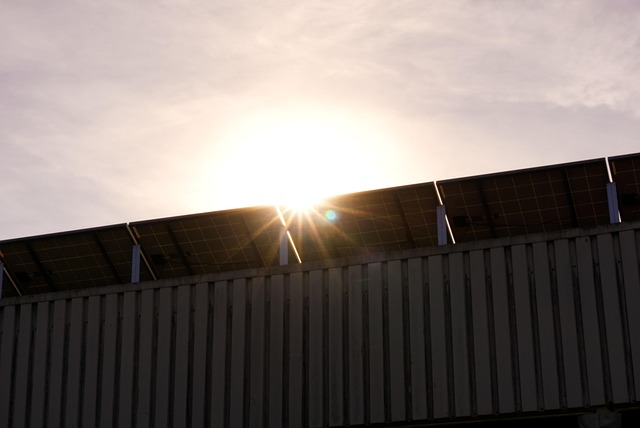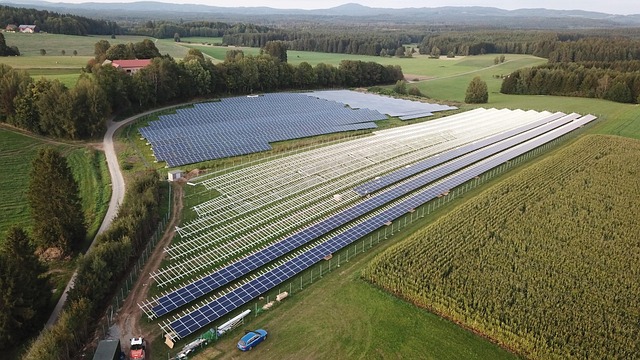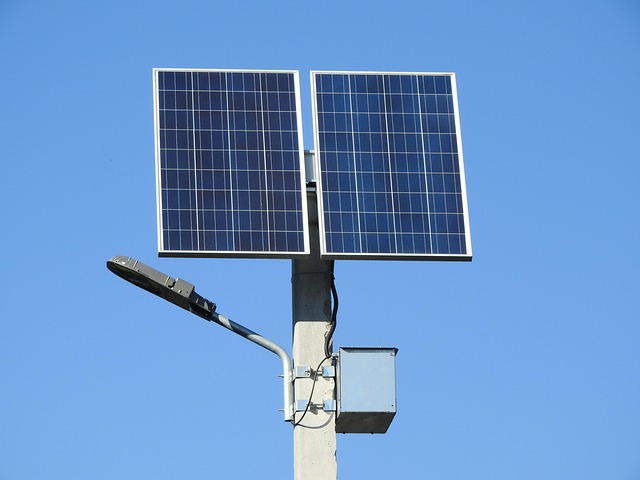Brightening Communities: Solar Energy in Underserved Areas
As the world begins to confront the escalating challenges of climate change and the growing demand for energy, innovative solutions are being explored to address these urgent issues. One such solution is solar energy—a renewable resource that presents a multitude of benefits, particularly for underserved communities. By harnessing the sun’s power, these communities can not only gain access to affordable energy but also foster economic development, improve health outcomes, and promote environmental sustainability. This article explores the significance of solar energy in underserved areas, its potential to transform lives, its current implementation, and the challenges that lie ahead.
The Need for Renewable Energy in Underserved Areas
Underserved areas, often characterized by low-income populations, limited access to basic resources, and systemic neglect, face unique challenges when it comes to energy access. These communities frequently rely on expensive fossil fuels or traditional biomass for heating and cooking, which can lead to both economic strain and serious health risks. The lack of stable electricity not only hampers quality of life but also limits educational and economic opportunities.
According to the International Energy Agency (IEA), nearly 759 million people worldwide still lack access to electricity. Many of them reside in rural or marginalized urban areas, where traditional energy infrastructure is either absent or too costly to develop. In these regions, solar energy can provide a decentralized and economically viable alternative, paving the way for sustainable development.
The Advantages of Solar Energy in Underserved Communities
Solar energy offers a myriad of advantages that can significantly enhance the lives of those in underserved areas:
1. Accessibility and Affordability
One of the most compelling arguments for solar energy is its potential to provide clean electricity at affordable rates, especially when implemented at a community scale. Solar panels can be installed on homes, schools, and community centers, effectively reducing or even eliminating electricity costs for families. With advancements in technology, the cost of solar systems has drastically decreased in the past decade, making it a feasible option for even the most economically disadvantaged.
2. Job Creation and Economic Development
The solar industry is a significant driver of job creation. The installation, maintenance, and production of solar panels require skilled labor, which can generate employment opportunities for local residents. By investing in solar energy, underserved communities can stimulate their local economies, encouraging entrepreneurship and fostering a new era of sustainable economic growth.
3. Health Benefits
Switching to solar energy can lead to improved health outcomes, particularly in areas where air quality is compromised by the use of fossil fuels. Burning fossil fuels for energy contributes to air pollution, which in turn leads to respiratory diseases and other health issues. Solar energy reduces reliance on these harmful energy sources, thus providing cleaner air and a healthier living environment for community members.
4. Environmental Sustainability
Solar energy is one of the cleanest forms of energy available. By utilizing solar installations, underserved communities can contribute to global efforts to mitigate climate change and protect the environment. Investing in renewable energy fosters resilience against the adverse effects of climate change, such as extreme weather events and rising sea levels, which often disproportionately impact the most vulnerable populations.
Case Studies of Successful Solar Projects
Across the globe, various initiatives demonstrate the transformative impact of solar energy in underserved communities. These case studies underscore its potential to bring about substantial change:
Community Solar Projects in the United States
In the U.S., community solar projects have gained traction, particularly in low-income neighborhoods. For instance, programs like the Solar for All initiative in Washington, D.C., aim to provide affordable solar power to residents who might otherwise be unable to invest in solar technology. These projects allow participants to own a share of a solar installation, which then reduces their electricity bills while fostering community engagement.
Rooftop Solar in Bangladesh
Bangladesh has become a global leader in solar home systems, especially in rural areas where grid access is limited. The government, in collaboration with international organizations, has implemented programs that subsidize solar panel installations for low-income households. As of 2021, more than four million solar home systems have been installed, providing electricity to over 20 million people and significantly improving their quality of life.
Solar Water Pumps in Africa
In various African countries, solar water pumps have been introduced to enhance agricultural productivity in underserved regions. These pumps are particularly beneficial in areas with unreliable access to electricity, allowing farmers to irrigate their crops more efficiently without incurring high energy costs. By increasing agricultural output, these projects not only aid food security but also empower local economies.
Challenges to Implementation
Despite the numerous benefits of solar energy, several challenges hinder its widespread implementation in underserved communities:
Infrastructure and Investment Gaps
Developing the necessary infrastructure for solar projects often requires significant upfront investments, which can be a barrier for communities with limited financial resources. While numerous financial models exist (including grants, loans, and private investments), obtaining funding remains a significant obstacle for many underserved areas.
Lack of Awareness and Education
Another barrier is the knowledge gap surrounding solar technology. Many community members may not be aware of the benefits of solar energy or how to access available programs. Education and outreach initiatives are crucial to informing residents about the potential of solar power as a viable alternative and offering training on implementation and maintenance.
Policy and Regulatory Challenges
Inconsistent policies and regulations regarding renewable energy can create uncertainty for investors and developers looking to implement solar projects. Local, state, and national governments must work collaboratively to create supportive frameworks that facilitate solar deployment in underserved areas while ensuring equitable access to information and resources.
The Future of Solar Energy in Underserved Communities
The transformative potential of solar energy in underserved areas cannot be overstated. With the right investments, education, and supportive policies, solar energy can address many challenges faced by these communities. Moving forward, it is crucial to involve community members in the planning and decision-making processes to ensure that projects align with local needs and priorities.
Furthermore, integrating solar energy with other sustainable practices, such as community gardening, green building, and conservation efforts, can amplify the positive impacts on quality of life and environmental sustainability.
Conclusion
As the world transitions to a more sustainable and equitable future, solar energy stands as a beacon of hope for underserved communities. By providing clean, renewable energy, these communities can transform their socio-economic landscapes, enhance their resilience against climate change, and contribute to a healthier planet. To realize this vision, it is imperative that stakeholders—government entities, non-profits, the private sector, and community members—collaborate and commit to an inclusive and progressive approach to energy access. In so doing, we can illuminate the path to a brighter future for all.



